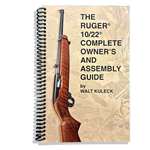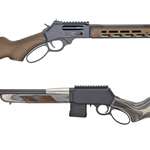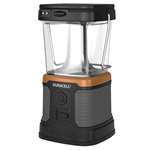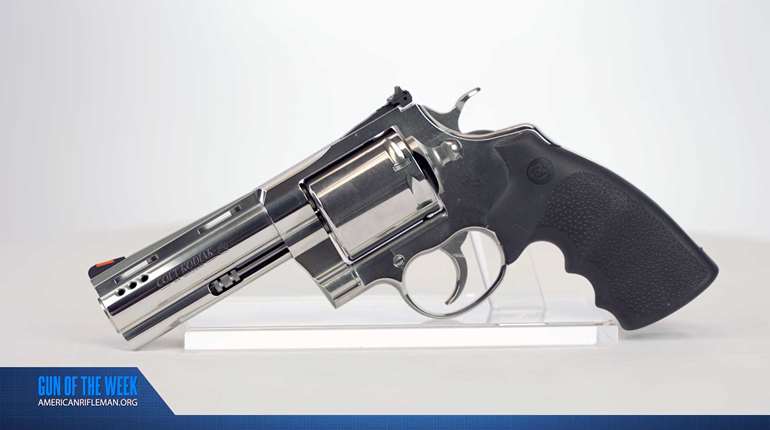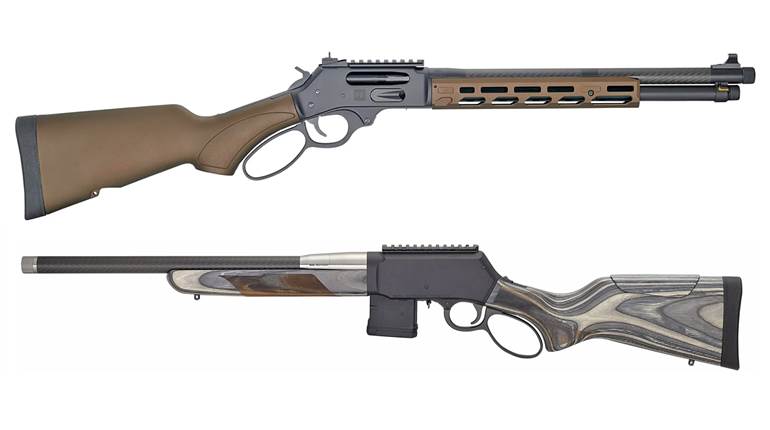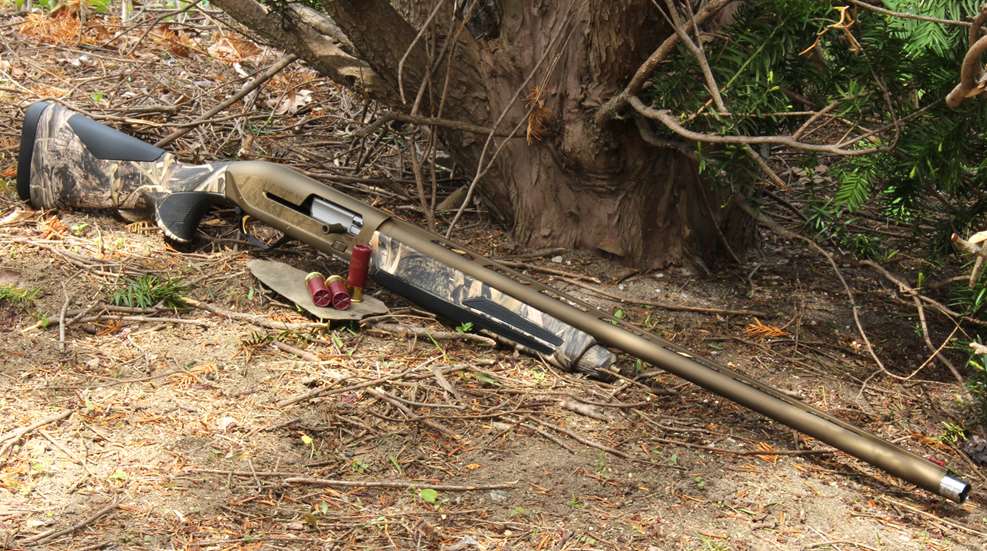
When Browning introduced the Maxus shotgun in 2009, clay shooters and bird hunters rejoiced. This light-recoiling scattergun seemed to handle any load that was shoved into it and was built to endure the rigors of outdoor life. The new design seemed to offer everything today’s sportsmen wanted but was perhaps a tad clunky. Browning listened to the feedback of its faithful following and released a more streamlined revision appropriately named the Maxus II.
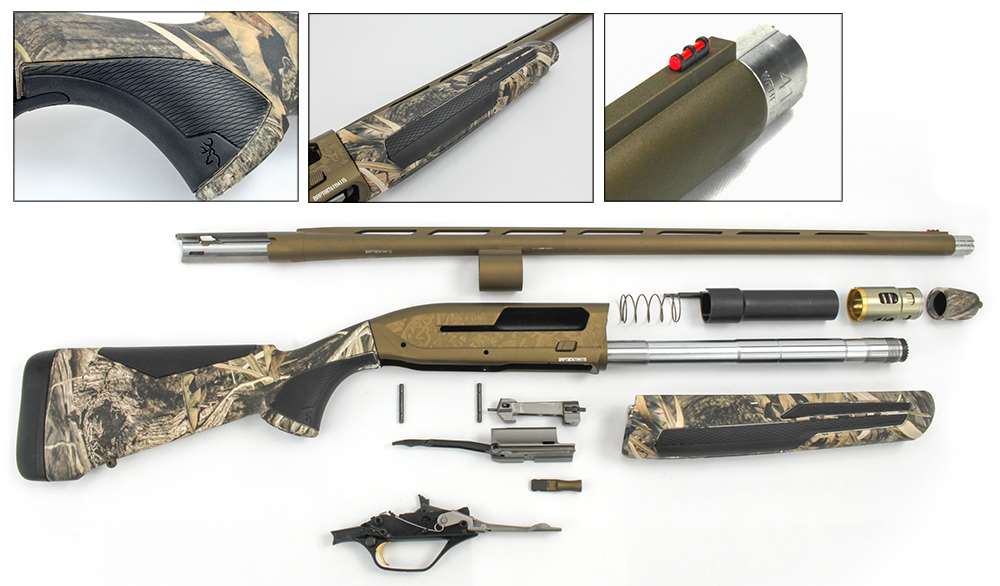
The Maxus II is a gas-operated, semi-automatic, 12-ga. shotgun that is powered by the company’s Power Drive gas system. This system boasts a longer stroke coupled with enlarged gas ports that help it cycle the plethora of shotshells on the market. The action feeds from the shotgun’s four-round tubular magazine through its aluminum-alloy receiver and eventually up to the 26" barrel’s 3.5"-long chamber. The magazine also features a cut-off switch located on the left side of the receiver, allowing the user to easily change ammunition on the fly. As our test sample was a Wicked Wing edition of the Maxus II, both the receiver and barrel were finished in an attractive Burnt Bronze Cerakote. The barrel is threaded to accept Invector-Plus-style choke tubes, and Browning includes full, modified and improved cylinder chokes with the gun. A ventilated rib runs the entire length of the barrel, with a white bead located mid-barrel and a red fiber-optic aiming point near the muzzle. The stock and fore-end are a composite material that is finished in Mossy Oak’s Shadow Grass Habitat camouflage pattern; the buttstock is capped off with a 1.5"-thick Inflex recoil pad, as well as a SoftFlex cheek insert.
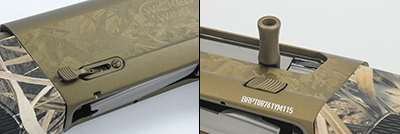
The Maxus II was built with controllability and ease of use in mind, as made apparent by the elongated bolt handle and release, as well as the oversize, reversible, push-button safety. In addition, the trigger guard has been enlarged and sloped to allow it to act as a loading sled. Rubber panels along the fore-end and grip help to ensure adequate purchase, even in moist conditions. The Maxus II is designed to accommodate a wide variety of shooters; the 14.25" length of pull can be increased to 15" through the use of spacers that are added between the recoil pad and the buttstock. Browning’s new shotgun is also adjustable for cast and drop via shims that are placed between the stock and receiver.
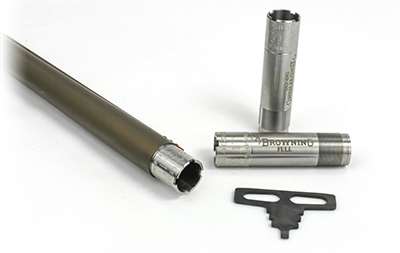
We function-tested our gun using Aguila’s High Velocity No. 6 load with the modified choke installed. Most of us had no problem achieving a 70-percent-or-better hit rate on clay targets, even with high winds impacting their flight patterns. We found the gun to come to the shoulder with little to no snagging on clothing, and it fit most shooters exceptionally well right out of the box. We used some pretty stout loads, so recoil was significant but not painful. This was largely due to the Maxus II’s gas operation, but credit should also go to the Inflex recoil pad. The single-stage trigger broke at 6 lbs., 6 ozs., of pressure and was relatively free of creep or overtravel. Pattern-testing was conducted with Federal’s Upland High Velocity load at a distance of 40 yards. Point of impact was precisely at our point of aim, with a pattern that would be more than sufficient for its intended purpose at that range. Throughout our range day, we experienced flawless operation, even despite Mother Nature’s attempts to whip sand into and around the shotgun’s action.
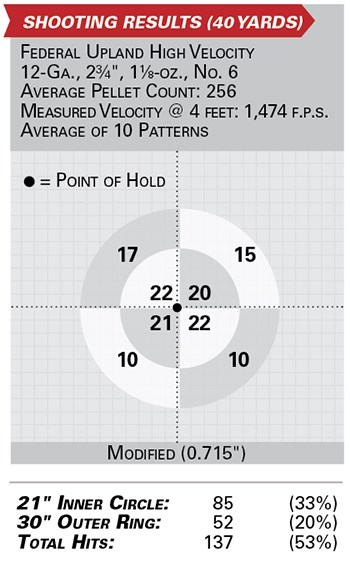 The disassembly of the revised Maxus is a bit more traditional than that of its predecessor. Instead of a locking lever, the Maxus II uses a common magazine cap to keep the fore-end in place. This cap also houses a sling stud to complement the one installed on the bottom of the buttstock. Once the cap is removed, the fore-end can be slipped off, followed by the barrel and finally the rest of the components that make up the gas system. The bolt can also be removed by simply pulling out the charging handle, and the trigger group can be removed just by pushing out the two receiver pins. We appreciated this ease of disassembly, as gas-operated shotguns can require a more frequent cleaning schedule for reliable use than inertia-driven designs.
The disassembly of the revised Maxus is a bit more traditional than that of its predecessor. Instead of a locking lever, the Maxus II uses a common magazine cap to keep the fore-end in place. This cap also houses a sling stud to complement the one installed on the bottom of the buttstock. Once the cap is removed, the fore-end can be slipped off, followed by the barrel and finally the rest of the components that make up the gas system. The bolt can also be removed by simply pulling out the charging handle, and the trigger group can be removed just by pushing out the two receiver pins. We appreciated this ease of disassembly, as gas-operated shotguns can require a more frequent cleaning schedule for reliable use than inertia-driven designs.
The Maxus II Wicked Wing edition is only one of several models available from Browning. To accommodate a variety of tastes, the Maxus II is available in many different furniture styles and finishes, including traditional oil-rubbed hardwood, plain black synthetic and more than half a dozen different camouflage patterns. The potential buyer also has a choice of different barrel lengths and styles, including a rifled option for slug hunters. Whether your pursuit of choice involves antlers, feathers or clay dust, the Maxus II is likely to provide years of reliable service.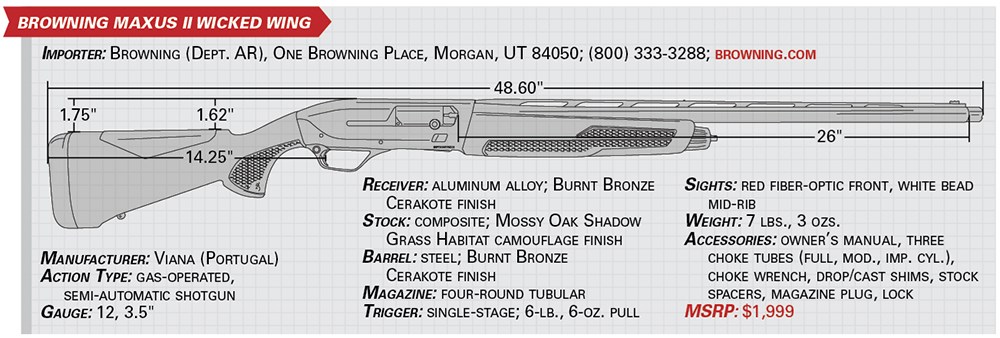












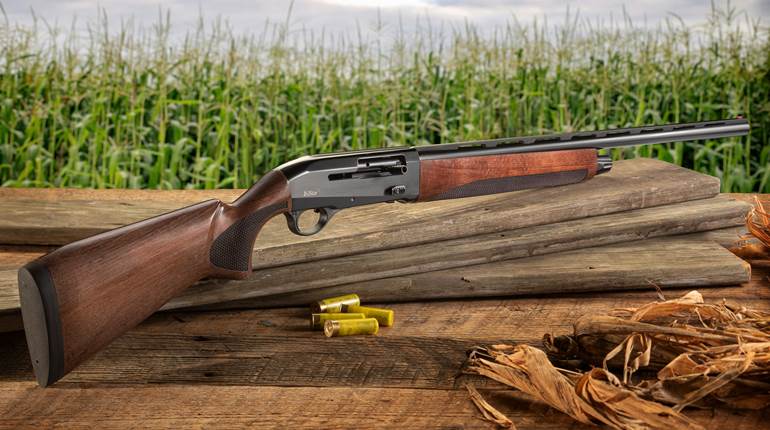
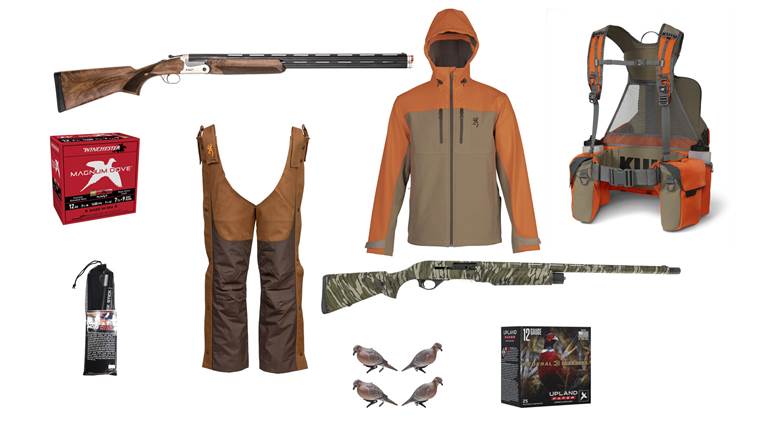


![Auto[47]](/media/121jogez/auto-47.jpg?anchor=center&mode=crop&width=770&height=430&rnd=134090788010670000&quality=60)

